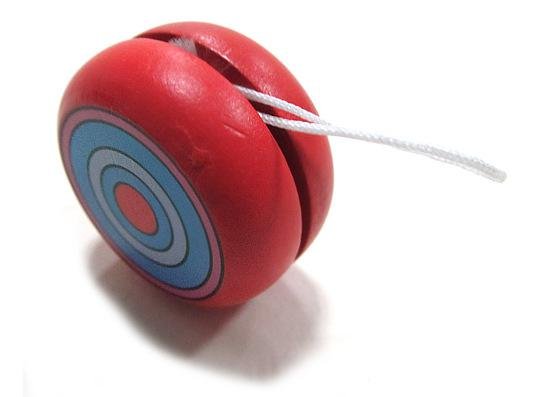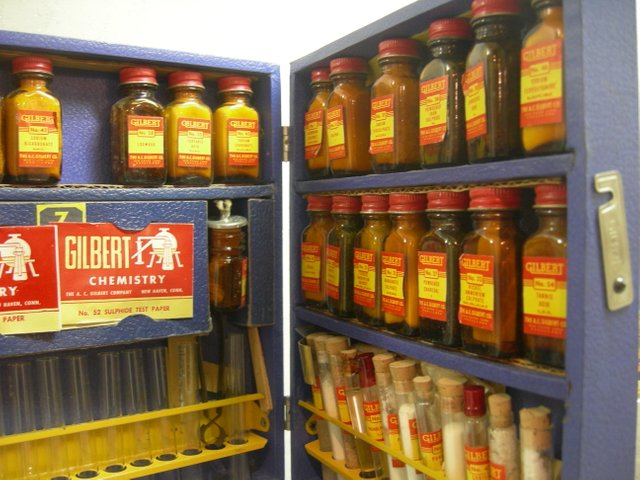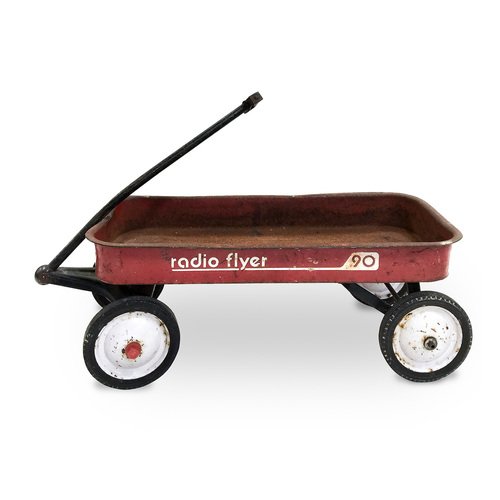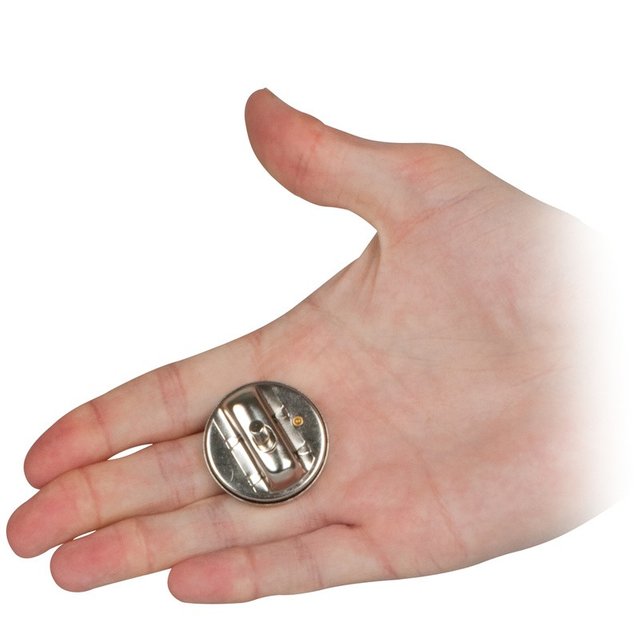Memories of our childhood: Toys of the 1920's by @mevilkingdom
Hi Steemians! As someone who is into collecting toys AND history I tought: Why not combine both? So I started a series in which I will talk about the history of toys. This time: 1920-1929!
The 1920’s saw a movement away from war toys which had been popular up until that time. A major change in the toy industry came about with the introduction of modern mass production methods. For the first time the industry was able to produce toys cheaply and sell to a mass market.
Toy production was relatively limited in volume until 1927 when polystyrene was invented. Because Polystyrene is a tough, durable kind of plastic that is ideally suited to toy design, it ushered in a new world of toy development.

The first historical mention of the yo-yo was from Greece in the year 500 B.C. These ancient toys were made out of wood, metal, or painted terra cotta disks and called just that, a disc. It was customary, when a child turned of age, to offer toys of their youth to certain gods. Due to the fragile nature of the material, it is presumed that the disks made of terra cotta (clay) were used for this purpose rather than for actual play.
In the 1920s, a man named Pedro Flores brought the first Filipino yo-yo to the U.S. and in 1928, began a yo-yo company by the same name in California.
These yo-yos were hand-carved from a single piece of wood. The yo-yo was unique because it was the first yo-yo that did not have the string tied to the axle. Instead, the string was looped around the axle, allowing the yo-yo to spin or "sleep" at the end of the string. This concept is at the heart of yo-yoing today. Rather than being able to only go up and down, the yo-yo was now capable of doing an infinite number of tricks.

Gilbert Chemistry Set
There's that Gilbert guy again. This may look like a pretty safe (boring) science kit, but among the 56 chemicals included in the Gilbert chemistry set was some potentially deadly stuff. Like potassium permanganate, which, besides being poisonous, has been known to make things catch fire. Or ammonium nitrate, the same chemical that the U.S. wants to regulate now because it's used in homemade bombs. All that came in the same box -- at no point in history has being a young nerd on his birthday been so dangerous.
The manual itself taught kids how to create explosions with gunpowder -- on the first page -- and the sole safety feature consisted of a single line telling them not to attempt the same experiment on a larger scale ... which only served the purpose of informing kids that this was a possibility.

A 16-year-old Italian boy named Antonio Pasin was one of the millions who immigrated to America from Europe at the start of the 20th century. A skilled carpenter, he began producing the wooden bodied "No. 4 Liberty Coaster" in 1923. By 1927, he replaced the wooden body with stamped steel, and he began mass-producing the wagon for just under $3. He named it the Radio Flyer in homage to two of his favorite inventions of the time: the radio and the airplane.

Beloved by pranksters worldwide, the joy buzzer has been delivering unexpected zaps to its victims since 1928. The device was created by Danish inventor Soren Sorensen Adams. It consists of a coiled spring inside a disc worn in the palm of the hand. When the wearer shakes hands with another person, a button on the disc releases the spring, wich rapidly unwinds creating a vibration that feels somewhat like an electric shock to someone not expecting it.
The Pop-up Book or initially called 'movables' actually predates most print texts and has been around since the 13th century. The great leap forward in the field of pop-up books came in 1929 with the publication of the Daily Express Children's Annual Number 1 "with pictures that spring up in model form". This was produced by Louis Giraud and Theodore Brown. Four more Daily Express Annuals followed and then Giraud setup his own publishing house, Strand Publications, this produced the groundbreaking series of Bookano books. The Bookano books are considered the first, true pop-up books for children because the pop-ups can be viewed from a full 360 degrees, not just the front side facing the viewer. There were seventeen Bookanos before the series came to an end with the death of Giraud in 1949.
Thank you very much for reading and don't forget to follow me for more updates! Next time: 1930-1939!
I do not own any of the pictures used in this article.
Who is Mande Walschot?
Mande Walschot resides in Belgium and currently owns over 1,360 boxed My Little Ponies, around 500 boxed dolls, over 70 polly pockets, 40 plush care bears, 30 Tsum Tsums, about 3,000 Pokémon cards, around 200 comic books and lots of stuffed toys! Gemr spotlight collection
Also seen on national television and newspapers.
Sister of @steve-walschot, the creator of SteemPay.io and vouched Steem applications developer and girlfriend of game-enthusiast @herrlonnie.
Omg I loved those pop up books some were so nice and of course the wagon is always fun. upvoted